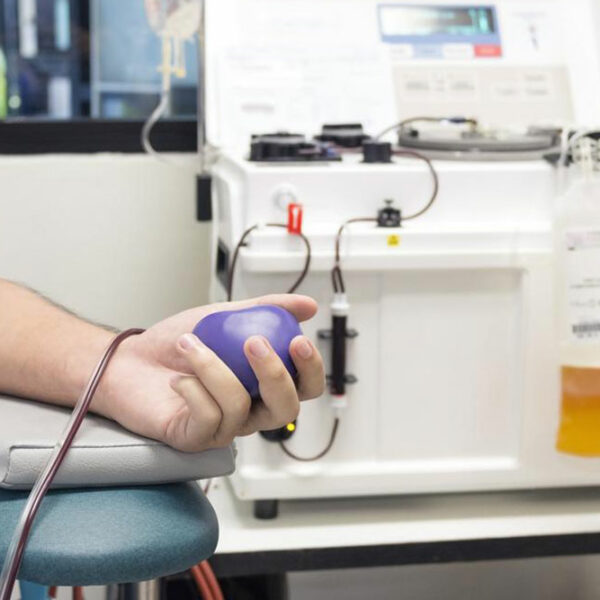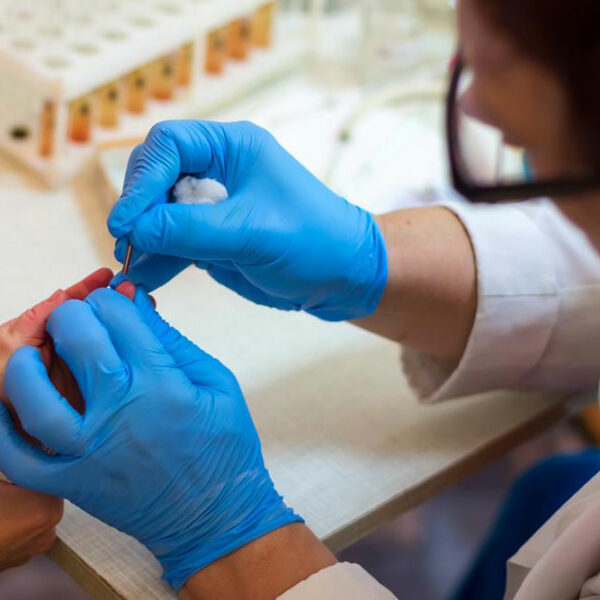
6 things you need to know about hemophilia B
Hemophilia is caused when the plasma in the blood lacks enough protein to cause blood clotting. Hemophilia is an inherited disorder that leads to abnormal bleeding in the affected person. There are two types of hemophilia: hemophilia A and hemophilia B. Hemophilia A is more common since it affects nearly 80% of the people with this disorder. Hemophilia B is quite rare; it occurs among 20% of the people with hemophilia. The treatment of hemophilia B and hemophilia A is not curative but work towards helping the patient lead a life as normal as possible. Here are six things to know about Hemophilia B: Hemophilia B is linked with the X-chromosome. Since men have XY-chromosome, they are more susceptible to this disorder. Women have XX-chromosome. So, one faulty gene’s effects are nullified by the other normal gene. Although women are less susceptible to hemophilia, they can be carriers of the faulty gene, which they can pass it on to their child. Symptoms of hemophilia B include nose bleeding without any reason, excessive blood loss even with minor cuts and wounds, the presence of blood in stool or urine, bleeding for a long-term after tooth extraction, intermittent bleeding from cuts and wounds, bruises that are large, muscle or joint bleeding with pain and swelling.







